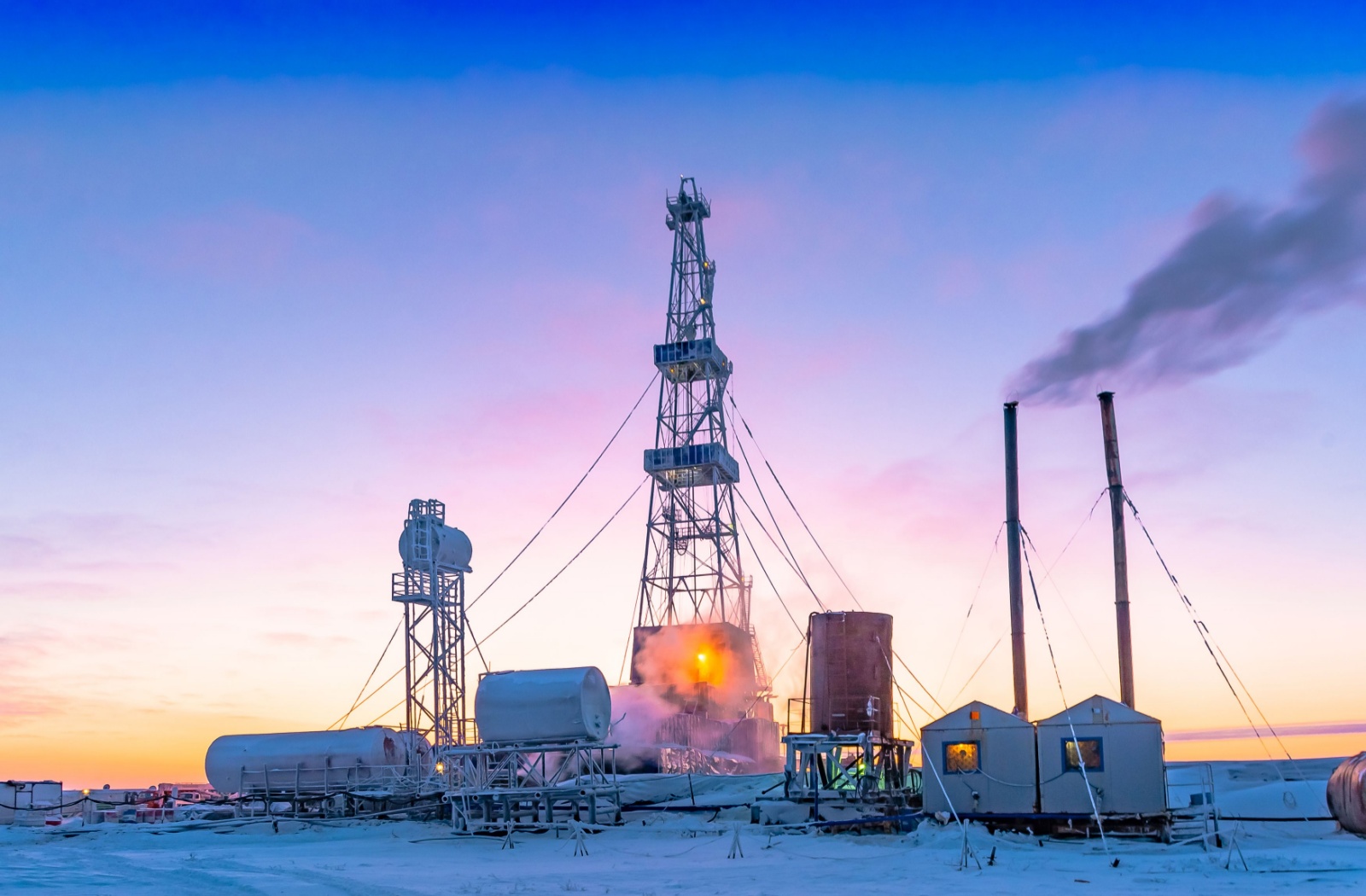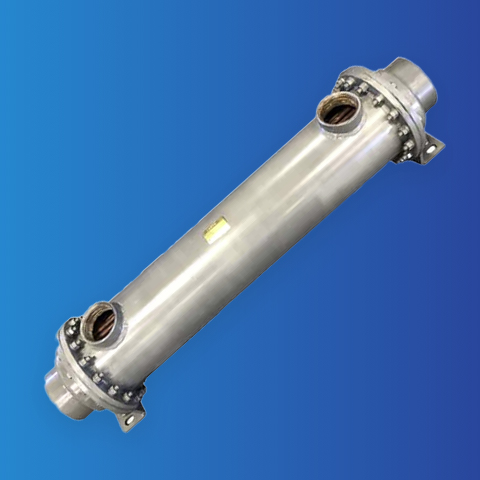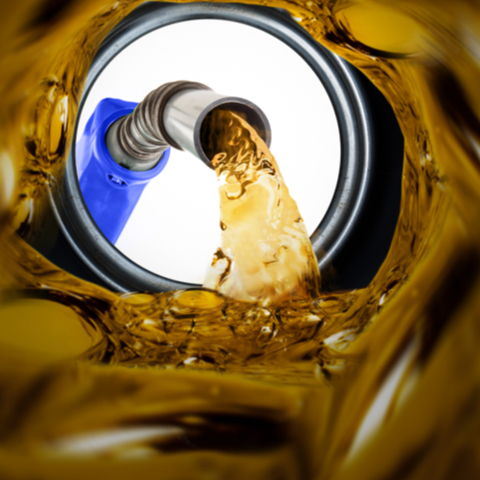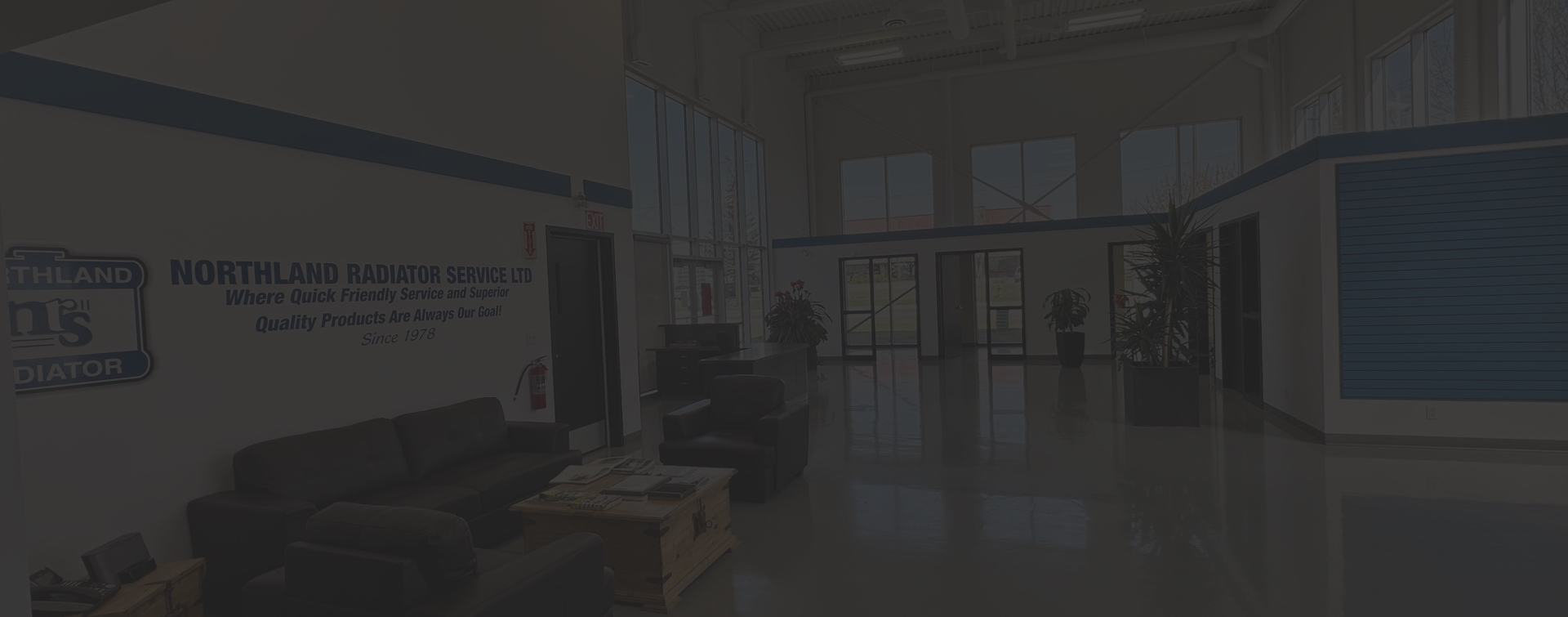Heat exchanger cleaning can improve drilling efficiency because heat exchangers serve as the backbone of cooling systems, regulating temperatures across engines, hydraulic systems, and other critical machinery.
Proper oilfield equipment cleaning and maintenance by a professional can transform drilling rig efficiency, reduce operational costs, and extend equipment life. Understanding these principles enables operators to make informed decisions about maintenance schedules and service providers.
The Importance of Cooling Systems in Oil & Gas Operations
Drilling rig cooling systems represent the first line of defence against equipment overheating and catastrophic failure. These systems work continuously to manage the extreme temperatures generated by heavy-duty engines, hydraulic pumps, and transmission systems operating under demanding conditions.
Heavy-duty heat exchangers designed for oilfield applications must withstand harsh environmental conditions while maintaining consistent performance. These units face exposure to dust, sand, drilling mud, and temperature extremes that would overwhelm conventional cooling systems.
Common Types of Heat Exchangers Used on Drilling Rigs
Each heat exchanger design offers specific advantages while facing unique maintenance challenges.
Shell & Tube Heat Exchangers
Shell and tube exchanger units are a common design in heavy-duty oilfield applications. These robust systems feature a cylindrical shell containing multiple tubes through which coolant flows. Hot fluid passes around the tubes, transferring heat to the coolant for dissipation.
The durability of shell and tube designs makes them ideal for high-pressure environments typical in drilling operations. These units withstand the mechanical stress and pressure fluctuations common in hydraulic systems and engine cooling applications. Their modular construction also facilitates maintenance and repair procedures.
Plate Heat Exchangers
Plate heat exchanger systems offer superior efficiency in compact packages. These units consist of multiple thin plates with specialized flow channels that maximize heat transfer surface area. The design enables excellent thermal performance while occupying minimal space on drilling rigs.
The compact design allows installation in space-constrained areas while delivering exceptional cooling performance. But the narrow flow channels make these units susceptible to fouling from contaminated fluids.
Air-to-Oil Coolers
Air-to-oil coolers serve critical functions in hydraulic systems throughout drilling rigs and frac units. These units use ambient airflow to cool hydraulic oil, eliminating the need for separate coolant systems. Fans or natural convection provide the airflow necessary for heat dissipation.
The simplicity of air-to-oil coolers makes them popular choices for remote drilling locations where maintenance resources are limited. But these units face constant exposure to airborne contaminants, making regular cleaning essential for maintaining performance.
Why Dirty Heat Exchangers Hurt Rig Performance
Dirty heat exchangers hurt rig performance in several ways.
Heat Exchanger Fouling
Heat exchanger fouling represents one of the most significant threats to drilling rig efficiency and reliability. Scale, sludge, sand, and drilling dust accumulate within heat exchanger cores, creating multiple performance problems that compound over time.
Clogged Oil Coolers
Clogged oil coolers experience restricted fluid flow as deposits accumulate inside the passages. The restricted flow increases pressure drops across the heat exchanger, forcing pumps to work harder and consume more energy.
Contamination Buildup
Contamination buildup creates additional problems beyond reduced efficiency. Deposits provide ideal conditions for corrosion, particularly when moisture and chemical contaminants are present. Corrosion weakens heat exchanger components and can lead to leaks or catastrophic failure.

Benefits of Regular Heat Exchanger Cleaning
Regular maintenance addresses fouling, clogging, and contamination problems before they impact system performance or cause equipment damage.
Improved Temperature Regulation
Improved temperature regulation is often the most immediate benefit of clean heat exchangers. Restored thermal efficiency enables systems to maintain optimal operating temperatures even under demanding conditions. Better temperature control reduces thermal stress on engines, hydraulic components, and other critical machinery.
Improved Energy Efficiency
Energy efficiency improvements follow naturally from restored heat transfer performance. Clean heat exchangers require less energy to achieve target cooling performance, reducing fuel consumption and operational costs.
Reduced Strain & Extended Equipment Lifespan
Lower system pressures and improved flow rates reduce mechanical stress on all system components. This reduction in operating stress extends component life and reduces maintenance requirements across the entire cooling system.
Equipment life extension is a long-term benefit of regular heat exchanger maintenance. Clean cooling systems prevent overheating damage and reduce thermal cycling stress that leads to premature component failure.
How Northland Radiator Cleans & Maintains Oilfield Heat Exchangers
Northland Radiator in Red Deer has developed comprehensive processes that address the unique challenges of drilling rig cooling systems.
Comprehensive Cleaning
The cleaning process begins with the complete disassembly of heat exchanger cores and components to access internal surfaces prone to fouling. Experienced technicians inspect each component for corrosion, wear, or damage that could impact performance.
Various cleaning techniques are used based on the type and severity of contamination. Ultrasonic cleaning removes scale, sludge, and deposits from complex internal geometries. Chemical cleaning dissolves mineral deposits and organic contamination that mechanical methods cannot handle.
Cleaning methods are selected based on contamination analysis and heat exchanger type. Shell and tube units may require different approaches than plate heat exchangers. Air-to-oil coolers face unique contamination challenges that require specialized solutions.
Testing & Inspection
Pressure testing and inspection procedures ensure the integrity of cleaned components. Hydrostatic pressure tests detect leaks or structural issues. Visual and dimensional inspections confirm components are undamaged.
Comprehensive Service & Repair
Our industrial repair services address issues that go beyond cleaning. Tube replacement, plate repair, and core rebuilding extend the life of heavily used units. Repairs are more cost-effective than full replacements while delivering comparable performance.
Recoring services rebuild heavily fouled or damaged cores with new components inside existing shells, restoring like-new performance at a lower cost.
Fast turnaround schedules support oilfield operations. Planned maintenance during rig laydowns minimizes downtime and ensures readiness for the next drilling campaign. Emergency repair services address unexpected failures to keep operations on track.
Maximize Your Drilling Operation’s Potential
Scheduled cleaning and inspection during downtime prevents heat exchanger problems from impacting operational schedules. This proactive approach also enables operators to budget maintenance costs and plan resource allocation effectively.Contact our expert heat transfer specialists at Northland Radiator today to discuss your heat exchanger cleaning needs. Our experienced team understands the demanding requirements of oilfield applications and delivers the reliable service your operations demand.











